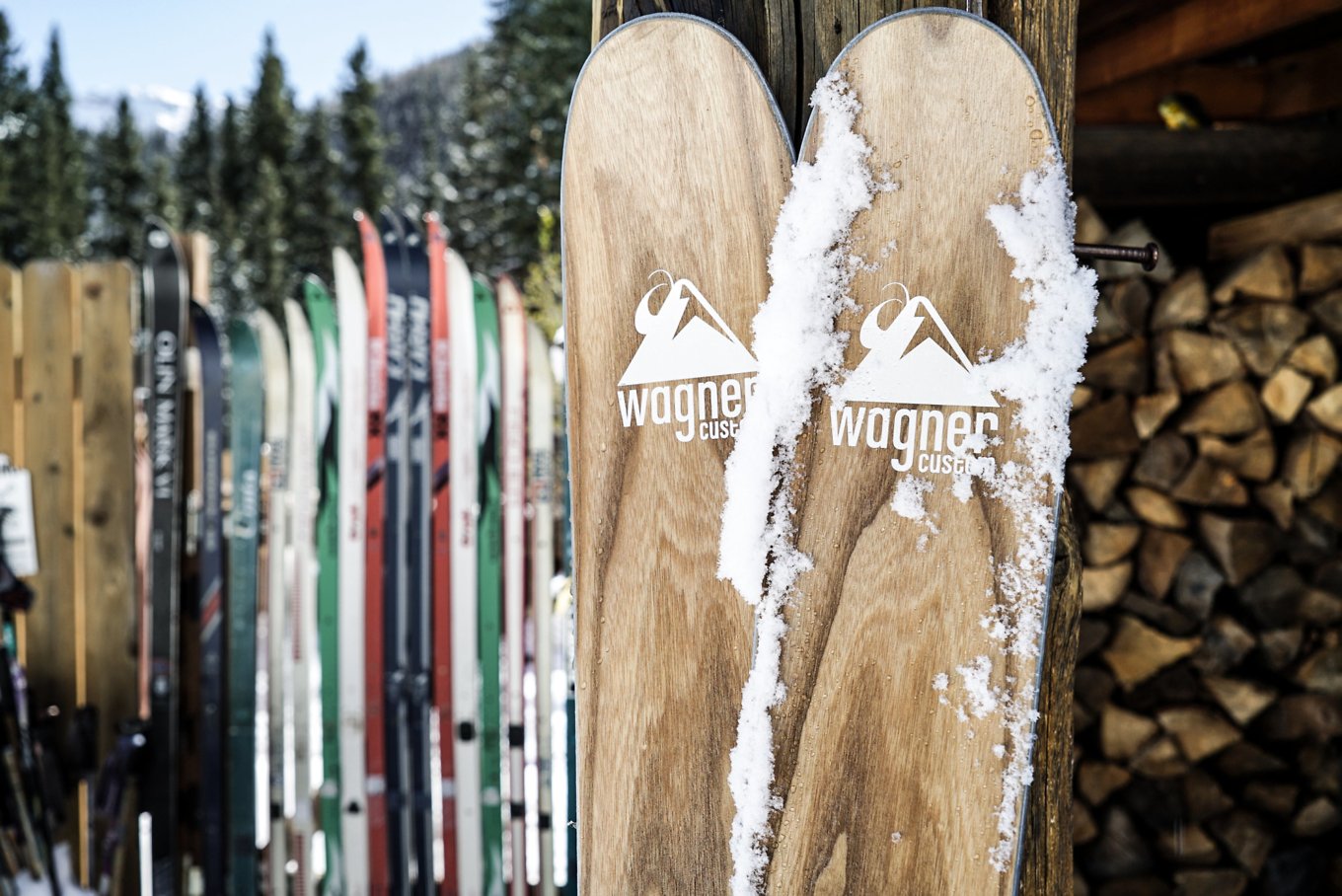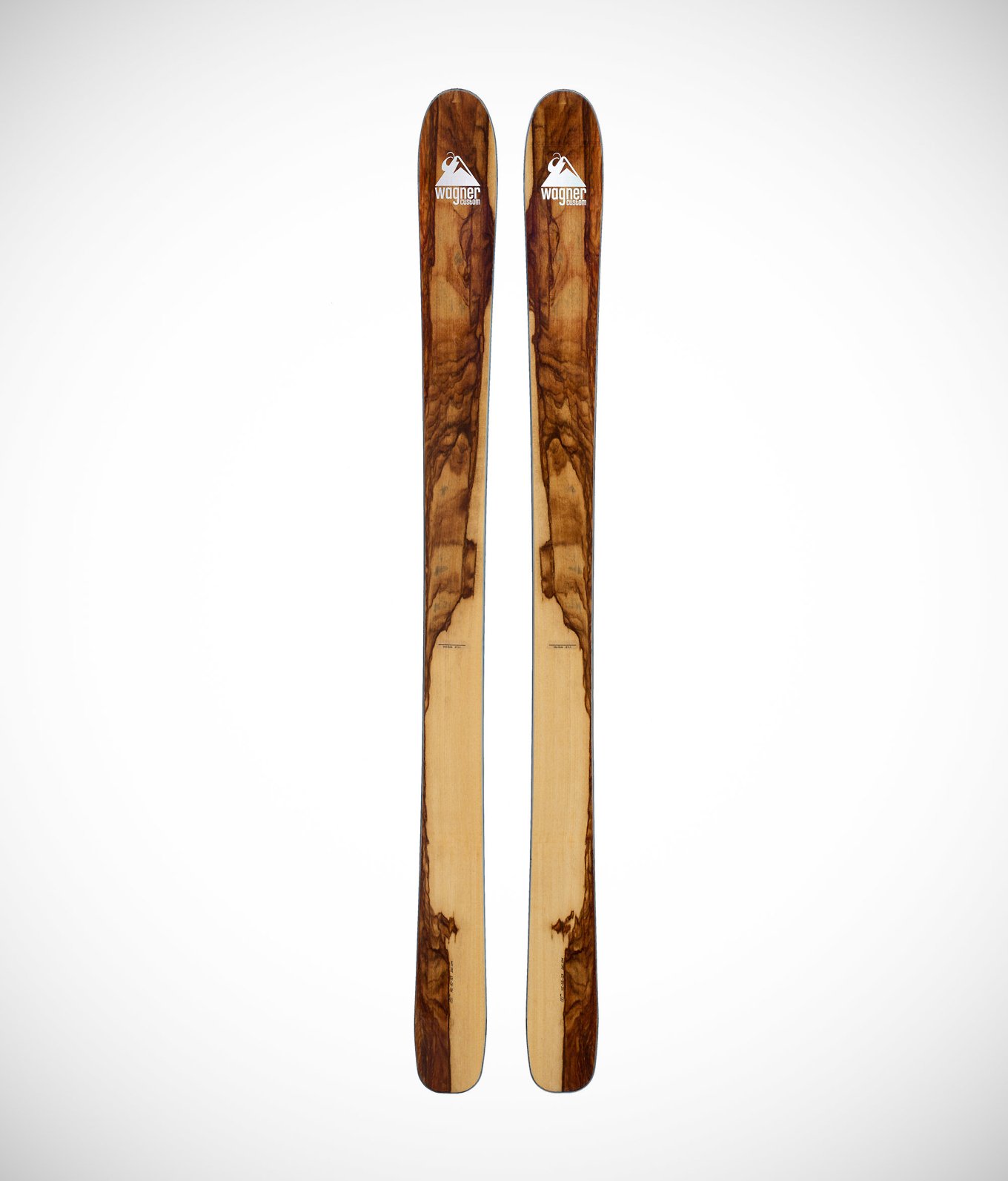A thoughtfully designed, well-made custom product fits the owner like a glove, whether it’s an Italian suit or a bespoke motorcycle. But when it comes to sports and active hobbies, something magic happens. Custom tools and gear, apart from feeling ‘just right’, provide optimum control and enable users to improve their performance and maximize their potential in order to become faster, stronger, better. On the green surface of a golf course or on brilliant white mountain slopes.
As a mechanical engineer and computer scientist who developed software for the production of custom carbon fiber shafts for pro golfers, Pete Wagner knew how a finely tuned tool could enhance performance. As a passionate skier, he was also aware that this scientific method of personalizing gear wasn’t used in the ski industry.
A disappointing experience drove this point home but also paved the way towards a major breakthrough. “About 15 years ago, I bought a pair of skis that I thought would be great for me. They were the right length and width and were made by a respected ski company. A couple months later, I tried another set of skis and realized that the skis I bought [initially] were not good for me,” says Wagner. At the time, the cycling and golf industries had begun to rely heavily on customization, so converting his unique golf software into a ski-specific one was the next logical step.
Surprisingly (or not), major brands weren’t curious about the innovative method of optimizing skis. “I thought a large ski manufacturer might be interested in my code, but found no interest. I was in the right time and place in my life, so I decided to just go for it.” In 2006, Wagner Custom was born in the charming town of Telluride, Colorado. The small but state-of-the-art factory began the process of revolutionizing the industry, one product at a time.
“I designed the first pair of Wagner Custom skis for myself,” explains Wagner. Afterward, skis made for the company’s employees enabled the team to perfect the manufacturing method and fine-tune the design software. Believing that every skier has unique needs and preferences, Wagner developed the ingenious Skier DNA concept.
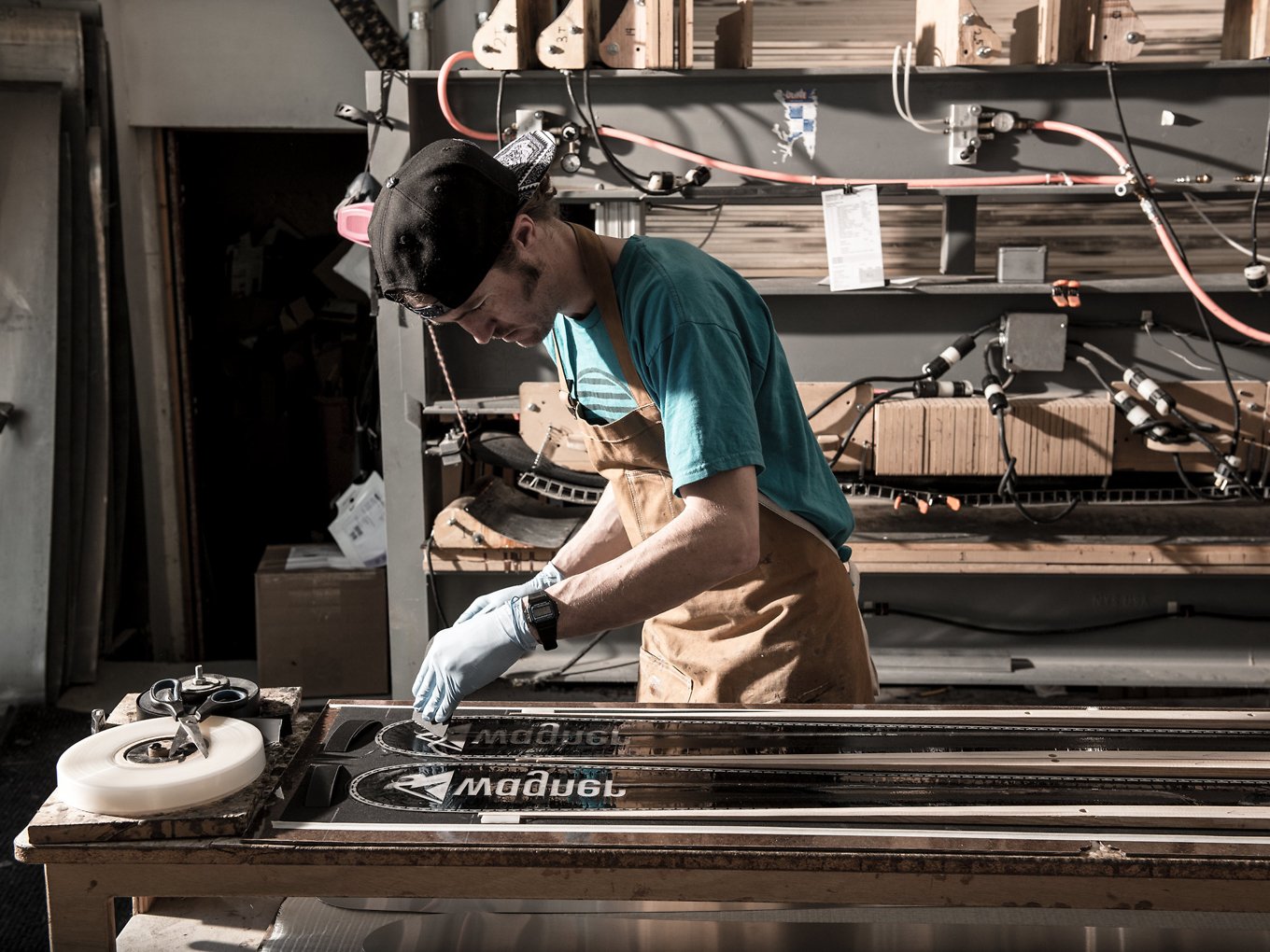
Photo by Terry Ratzlaff
The design stage revolves around the user and starts with mapping his or her “skier DNA” by using information on physical traits, terrain, riding behavior, personal preferences, and goals. “Our process enables people to maximize their precious time in the mountains rather than worry about their equipment,” says Wagner. Based on this complex algorithm, the team creates an optimized ski design for the customer, with variations applying to the ski length and width, sidecut radius, tip and tail shapes, materials, stiffness, and flex pattern, among others. But this doesn’t limit the skier’s terrain options. On the contrary, the brand’s custom skis have a bigger ‘sweet spot’ than standard designs. For example, we found out that our Skier DNA test recommended an off-piste and softer snow design, which will also work well on harder terrain and in different snow conditions. Win-win, in our book.
Next comes the manufacturing stage: using a unique recipe for each pair of skis, computer-controlled machines cut all the components to perfection, including ptex bases and sidewalls, wood cores, structural layers, and steel edges. Skilled artisans then take over, assembling and pressing the skis before adding the finishing touches.
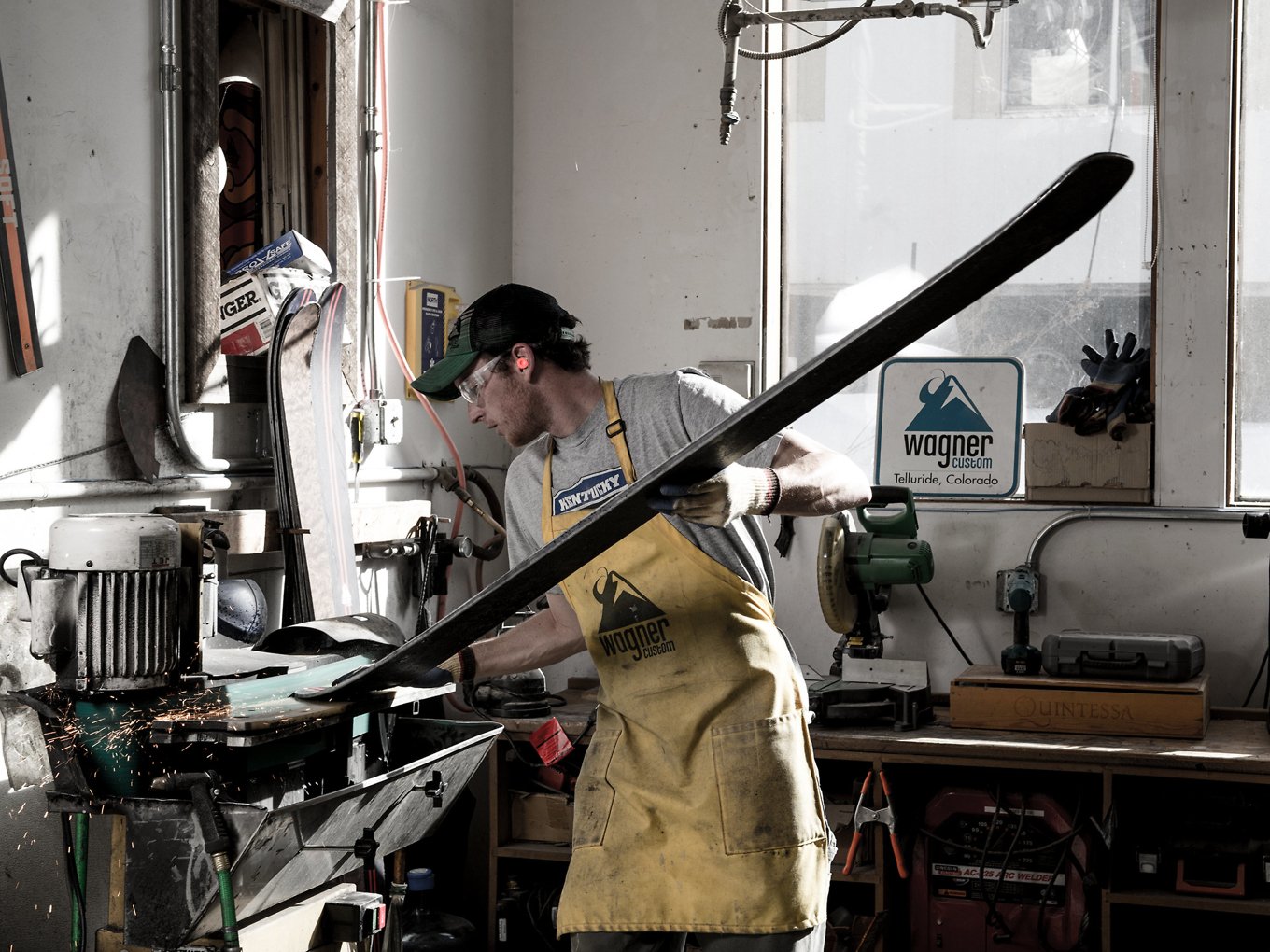
Photo by Terry Ratzlaff
You might think that the company’s scientific method targets pros or seasoned skiers specifically, but that couldn’t be further from the truth. Wagner Custom makes products for skiers of all levels, including those who enjoy a ride on the slopes only a few times a year. The Skier DNA algorithm virtually takes care of every technical detail, even if customers know a lot about skiing or just the basics, to provide the ideal recipe for the final product. Thus, beginners can develop their skills at a faster rate and won’t “outgrow’’ their gear as they improve, while experienced skiers can ski more fluidly and with less fatigue.
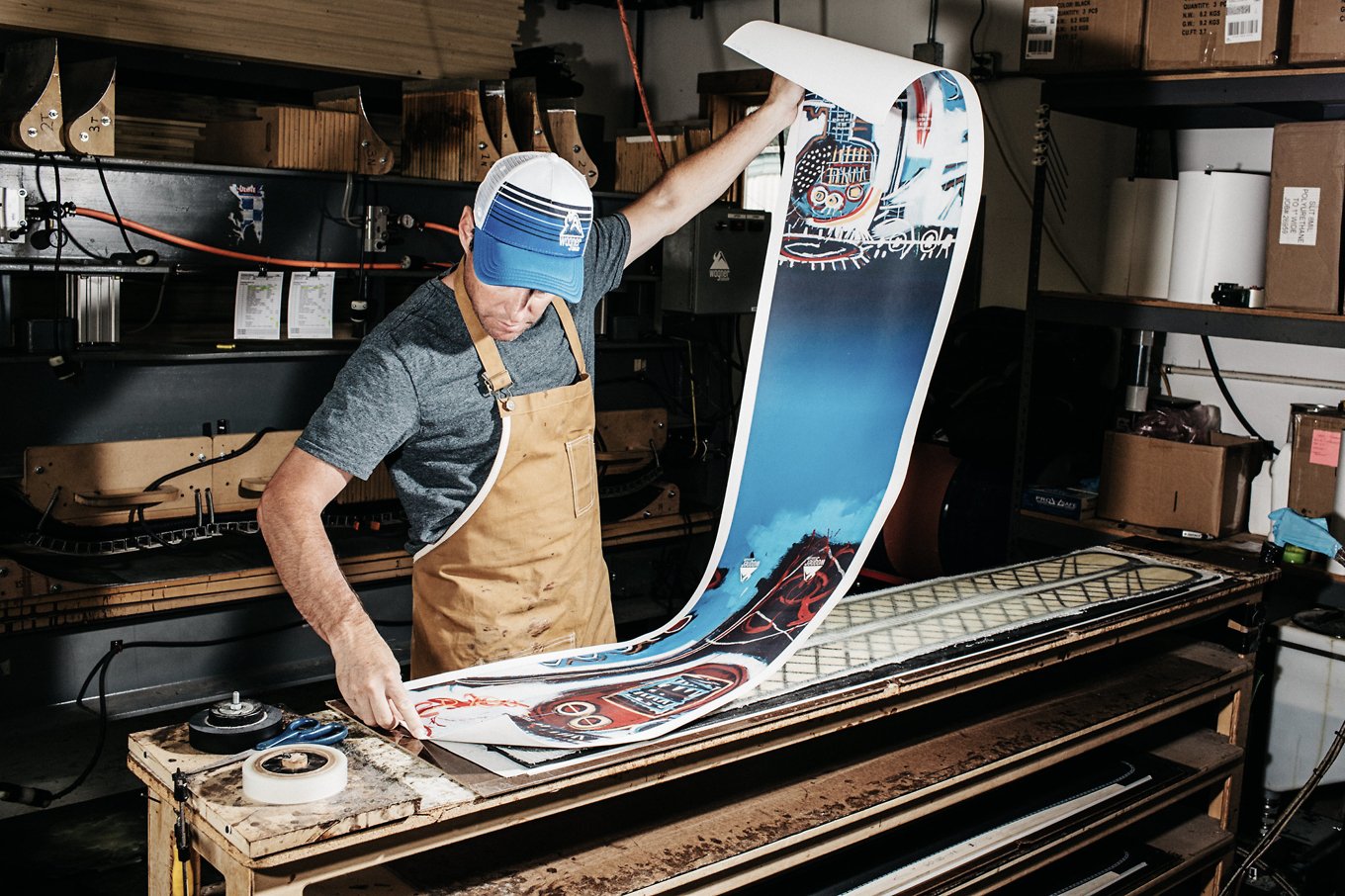
Photo by Benjamin Rasmussen
Wagner Custom’s hands-on approach enables the brand to gain an advantage over larger manufacturers. By optimizing the design and manufacturing process as well as guaranteeing 100% customer satisfaction, the company offers its customers their ideal pair of made-to-order skis, enabling skiers to unleash their potential with the help of smarter, one-of-a-kind products crafted to suit specific requirements. This not only makes the brand grow through word-of-mouth referrals, but it also ensures that it’s greener than most other companies which mass-produce standard skis.
Much like a bespoke Italian suit that fits its wearer beautifully, Wagner Custom skis feel just right, yet they also free the skier from any restraints and limits. They allow the owner to ski better. Smarter. Freer. And maybe even see skiing in a new light and rediscover the magical feeling of sliding on the slopes for the first time, inhaling the brisk winter while leaving an undulating trail on the glittering snow. Images courtesy of Wagner Custom.
Gessato Interviews Pete Wagner, founder of Wagner Custom
Following on the footsteps of custom bike building, skiing is currently going through a revolution. And Wagner Custom, a small US company, leads the way. Founded in Telluride, Colorado in 2006 by Pete Wagner, the company revolutionized bespoke skis (and made the idea of mass-produced products completely unappealing for an increasing number of skiers) with an ingenious concept inspired by golf club customization. We took an in-depth view at the company and its unique Skier DNA process here, but we also talked to the founder to find out more about Wagner Custom, the industry and what makes him tick. Enjoy!
Skiing has seen an ENORMOUS evolution in the past 15 years both in terms of materials and techniques. What are your thoughts on the current state of the industry?
I think it’s a great time to be a skier. Equipment advances are allowing people to continually improve and ski at a higher level as they get older. Ski boots are high performance but lighter and more comfortable. Advances with alpine touring bindings have made backcountry skiing easier and more accessible. Rocker technology has made powder and off-piste skiing effortless. Skiers have more equipment choices than ever and can dial in their gear to make skiing more fun.
How did you come up with the skier DNA concept? Can you tell us more about the algorithm or the key aspects that the algorithm takes in consideration and how they affect the product?
I basically took lessons learned from creating design code for composite material golf equipment and applied it to ski design. We first map out what we call a person’s “Skier DNA”. This is based on the skier’s physical information, skiing background, terrain preferences, feedback on past equipment, and goals. Based on their Skier DNA, a unique ski design is created that is optimized for the person based on ski length, width, sidecut radius, tip/tail shapes, camber/rocker, materials, stiffness, and flex pattern. The benefits of a properly fit Wagner Custom ski are improved balance, comfort, control, power and efficiency. Because our custom skis are calibrated to each skier, they have a bigger sweet spot so they work better in a broader range of terrain types and snow conditions.
Wagner makes skis for groomed surfaces, as well as big mountain freeride skis. Can you tell us more about the key differences between the two in terms of materials and internal structure?
Skis that are optimized for on-piste, groomed surfaces are generally narrower and made from heavier, more powerful materials. This makes the skis quick turning, precise, and stable at speed and on hard snow. Skis that are optimized for off-piste and freeride conditions are generally wider and made from lighter weight materials. This makes the skis float through variable and soft snow while still being easy to turn and maneuver in tight terrain such as trees and couloirs.
What excites you most about your work?
I get to make toys for a living with great people. Everyday I get to work with a team of talented ski builders, artists, and engineers whose passion for the mountains and skiing is reflected in the attention to detail and craftsmanship of every ski. It’s really fun to make unique skis everyday and collaborate with an awesome team.
What does being successful mean to you?
Being successful means getting to use my unique skill set and talents to help people around the world have more fun skiing all while living in the dream location of Telluride, Colorado.
Save



